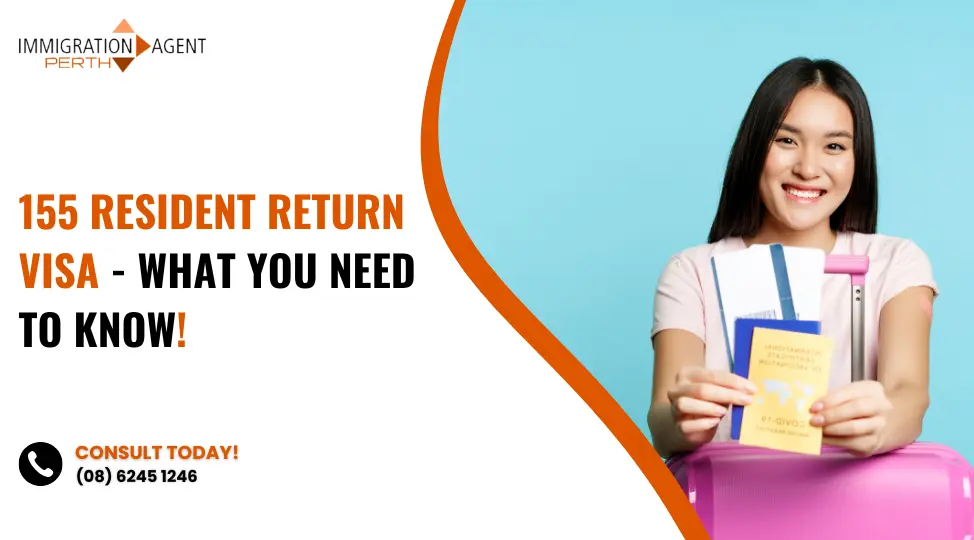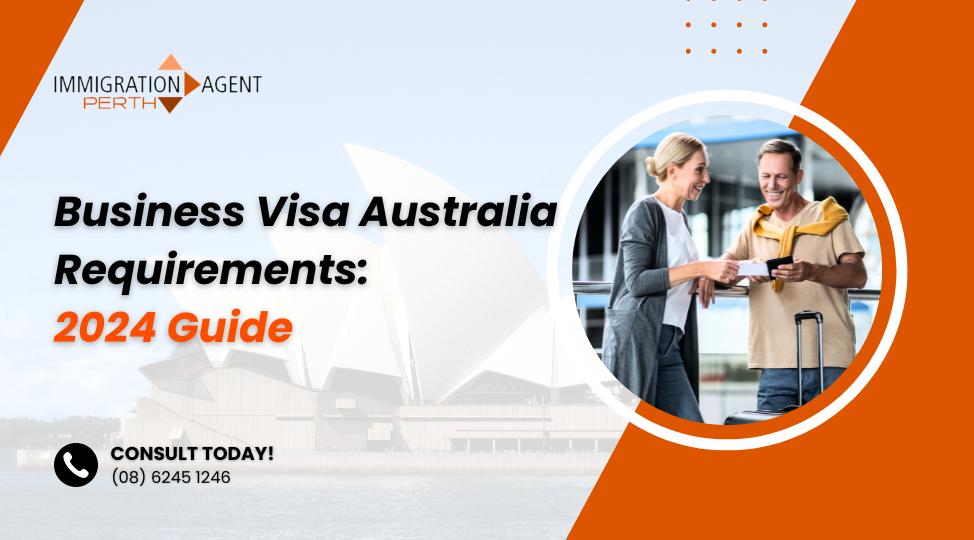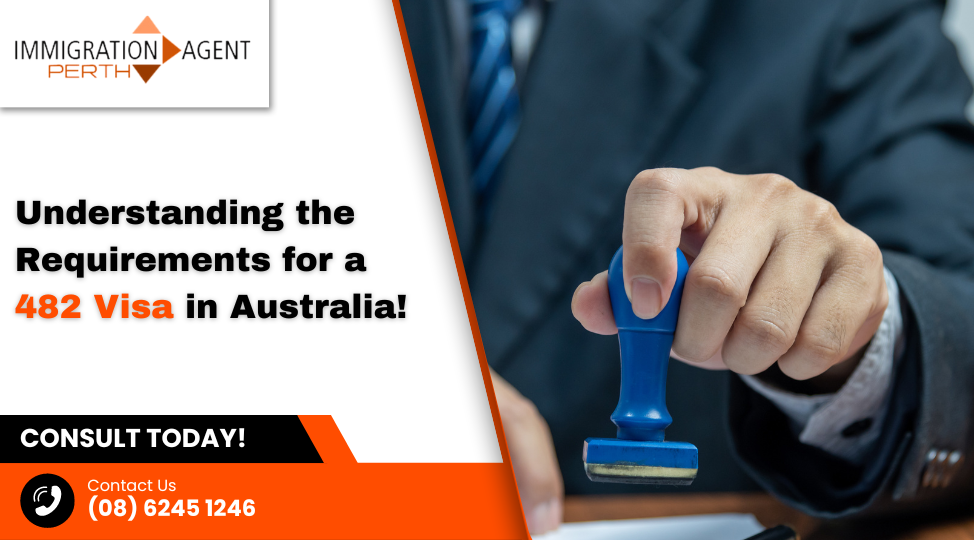Permanent residency is awarded to you as soon as your original visa is approved (subclass 189, 190, and other permanent visas), starting on the date specified in your visa grant letter.
Your visa issuance letter will also mention that you have been given a “travel authority,” valid for five years.
Having permanent residency (PR) entitles you to stay in Australia eternally, but if you ever wish to leave the country and come back, you must still have your travel authorization.
If you have a permanent address, your original travel authorization often lasts for five years. If you want to prolong your travel permission after that, you must apply for a resident return visa (RRV).
Resident Return Visa Subclass 155
All permanent residents of Australia whose first permanent visa, regardless of the visa subclass, has expired after five years of visa issuance are eligible for the Australia Resident Return Visa, or RRV Subclass 155 visa.
You must have a current visa to travel back to Australia as a permanent resident of Australia. All permanent visas, including the Resident Return Visa Subclass 155, have a five-year validity period. You wouldn’t be concerned if your permanent visa had expired if you rarely left Australia. To return to Australia if your current permanent resident visa is about to expire or has already lapsed, you must apply for a Resident Return Visa (Subclass 155) if you primarily reside outside of Australia. You can go for free consultancy services by immigration experts to obtain an RRV.
Latest Blog: A Guide To Migrating To Australia!
Eligibility Criteria For Resident Return Visa
To apply for a resident return visa, an applicant must comply with the following eligibility criteria:
- You must be an Australian permanent resident, a former Australian permanent resident, or an Australian citizen who has lost or renounced their citizenship.
- You must be an Australian citizen or have a permanent visa and have lived legally in Australia for at least two of the previous five years.
- If you don’t match the residency criteria, you can still be eligible for this visa if you have strong ties to Australia on a professional, cultural, employment, or personal level that are advantageous to the nation
- you last left Australia as the holder of a permanent visa, as an Australian citizen who subsequently lost or renounced Australian citizenship, or as someone who is offshore and has not been continuously absent from Australia for five years or more before the application, unless there are compelling reasons for the absence.
- Unless there are compelling reasons, you are offshore, you were an Australian citizen or permanent resident at some point in the past ten years, and you haven’t been away from Australia for a period or periods that add up to more than five years between the time you last left as an Australian citizen or permanent resident and the application date.
- You are onshore and, barring extenuating circumstances, have not been away from Australia for five years or more since the issuance of your most recent permanent resident return visa or the date you lost your citizenship.
- This visa may also be applied for by members of the family unit of those who meet the requirements or currently possess a Subclass 155.
- You must meet specific public interest requirements.
- If you submit a visa application from abroad, you must meet some Special Return requirements.
The Department of Immigration may grant you a Resident Return (Class BB) (Subclass 157) visa that is valid for three months if you were lawfully present in Australia as a permanent resident for more than one day during the five years before applying and do not meet the resident return visa eligibility requirement.
Must Read: How To Get Permanent Residency In Australia?
Resident Return Visa Application
Applicants for the Subclass 155 Visa may apply online. You must complete the subclass 155 application form correctly and with no inconsistencies. Along with submitting the application form, the candidate must pay fees. You don’t pay the resident return visa cost, possibly a rejection of the immigration application form.
The department notifies the applicant that their application form has been received when the application has been submitted successfully. The applicant receives notification of the visa decision at their registered address. The department will inform you if the resident’s return visa is refused.
Frequently Asked Questions
Q. What Relationships Are Significant To Australia?
The degree of each person’s connection to Australia varies according to their unique circumstances, length of stay, number of relatives there, and other factors.
There are four prime connections:
- Cultural ties: Demonstrated through participating in the arts or publishing a book in Australia, among other things
- Employment ties: Having worked there or received a job offer from an Australian employer
- Personal link: Connections like having friends or family who are Australian citizens or owning property
- Business Relationships: Owning a Company in Australia
Every person is different, but most of them will have one or two of the ties listed above, and we base our arguments on those ties.
Q. What Is The Resident Return Visa Processing Time To Get It?
On the Department of Home Affairs website, they break down the timelines, but generally speaking, we’ve seen:
- You can receive your visa one day after applying if you meet the requirements for a two out of the five-year stay.
- If you are using substantial relationships, it takes about 2-3 months. It can take time if the case is complicated or supporting documents are not complete.
You will receive a fresh, five-year travel permission after receiving your RRV visa or a one-year certification.
Q. What Is The Validity Period Of An RRV?
An RRV can be given based on two criteria, and the one you meet will determine how long your RRV is reasonable for:
- If you have spent any two of the previous five years living in Australia, then –
It would get you a Subclass 155 RRV with a 5-year travel permission. As a PR, you can fly into and out of Australia for five years as prescribed.
- If you have spent less than two of the past five years in Australia, you must –
You might be given a Subclass 155 RRV with a one-year travel approval if you can demonstrate your connections to Australia.
Read Blog: Know The Reasons For Australian Visa Refusal
Conclusion
You can live permanently in Australia while your visa is valid with an Australian permanent residency visa. When your visa for permanent residency in Australia has expired or is about to do so, you can travel overseas using a resident return visa. With the support of Australian Immigration’s Resident Return Visa Subclass 155 travel facility programme, you can go abroad while preserving your status as a permanent resident. You can apply if your Australian permanent residency visa’s travel facility date has passed or is soon to do so. If you leave Australia before requesting RRV, it can affect your citizenship. You can hire an immigration agent in Perth, WA, to assist you with the RRV subclass 155 visa application.




